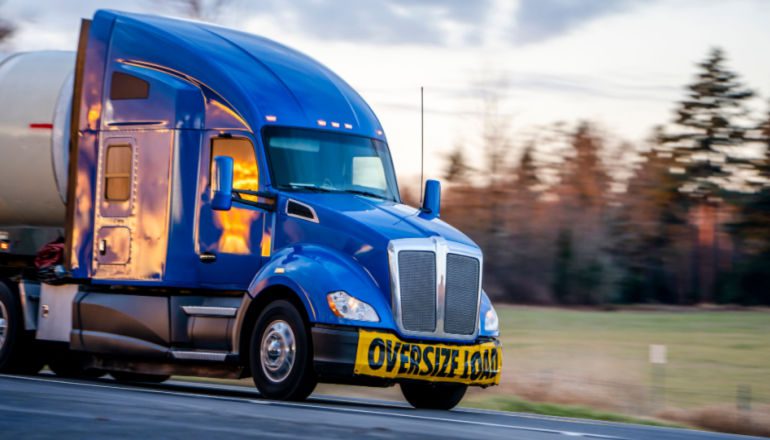Shipping a big and oversized freight is more challenging than shipping standard-sized cargo. In order to ensure a successful shipment, one must carefully examine the options, in addition to the fact that it is more expensive. Finding the ideal carrier and getting your permits and documentation ready are just two of the many things you need to think about.
What is Oversized Cargo?
Oversized cargo refers to any products or goods that are too large or too heavy to be transported in a conventional manner. Because of their weight or size, they are required to be carried in specifically designed containers that need careful handling. And not only that, different vehicles, safety measures, and logistic operations are required in oversized cargo shipping.
Who Requires Oversize Cargo Transport?
Most factory owners or different industries require big machinery to be transported domestically or internationally. The construction sector, companies supplying heavy raw materials like natural stone, companies supplying vehicles, aeronautics parts, cranes, bulldozers, large engines, etc. are some that require the transport of oversized freight.
Modes to ship an oversized cargo
Any size of freight can be transported through all the modes of transport, keeping in mind the technical limitations of the modes.
Road transport
Road transportation is the most popular method for moving big and heavy cargo since it is more flexible and effective. The commodities are merely conveyed from the point of origin to the point of destination; no further handling procedures are used. Road transport becomes necessary when transferring goods from a warehouse or shipper’s location to the port or airport of origin.
Rail transport
Rail transport is preferable to road transport for large or oversized freight. Railway systems are excellent for long-distance shipping since they can travel a considerably greater distance. However, train transportation can be expensive, and this form of freight delivery does not provide door-to-door service.
Air Transport
Another method is air transport, but it might not be the ideal option for large or heavy freight. Due to cargo planes’ weight and size restrictions, oversized air cargo may not be possible. Furthermore, if you’re shipping bulky, heavy items, this method of transportation is very expensive.
Ocean Transport
Ocean freight ships can carry a lot of weight and can handle large and heavy cargo. It’s also a more affordable choice. However, it can take some time for the package to arrive owing to various marine circumstances and weather conditions.
How to ship an oversized cargo?
One needs to keep in mind that heavy and oversized cargo is also subject to special regulations. One also has to consider the characteristics of the goods they want to transport. Carriers will assign the goods to a category according to the criteria established by their country. It’s crucial to use adequate packaging while transporting machinery or equipment to prevent harm to the items. Using the correct crating and packaging materials is vital for oversized freight.
There are some goods that do not fit in the specially made containers and have to be shipped as is. Such cargo is at a higher risk of damage. Vapor barrier protection, heat shrink wrapping, padding, and blocking are all effective ways to prevent that damage.
Oversized freight must be lifted and loaded using specialized equipment. Due to this, businesses either have a staff ready to unload the cargo at the destination or partner with a company that can assist with both the loading and unloading of freight.
Shipping oversized cargo is a difficult task due to its weight and size, Travelite provides a safe and easy shipment of any size of cargo through air, water, and road. Although the best mode for oversized shipping is through water, as a ship can carry heavy loads and it is cost-effective.










